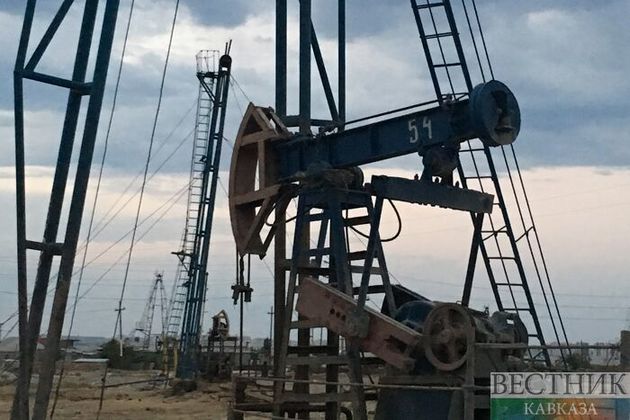The U.S. Energy Information Administration (EIA) raised its forecast for global crude oil prices for 2021 but kept projections unchanged for 2022.
In the November Short-Term Energy Outlook (STEO), the EIA revised up its Brent price outlook for 2021 to an average of $71.59 per barrel, marking an increase of 0.29%, compared to the October STEO, as a result of sustained global oil inventory draws and OPEC+ group's current production cuts.
According to the administration, crude oil prices have risen over the past year from steady draws on global oil inventories, which averaged 1.9 million barrels per day (bpd) during the first three quarters of the year.
Moreover, prices also increased after the OPEC+ group announced in early October and reaffirmed on Nov. 4 that the group would keep current production targets unchanged.
For 2022, the agency is keeping its previous estimate for Brent unchanged at $71.91 per barrel.
The EIA said it expects that production growth from the OPEC+ group, U.S. tight oil, and other non-OPEC countries will outpace slowing growth in global oil consumption and contribute to Brent prices declining from the current levels to an annual average of $72 per barrel.
The agency forecast that OPEC crude oil production would average 26.34 million bpd in 2021, about 0.74 million bpd higher than the previous year, and would average 28.37 million bpd in 2022.
The outlook also predicted that global petroleum and liquid fuel consumption would average 97.5 million bpd for the whole of this year, showing a 5.1 million bpd increase from 2020, and in 2022 would average 100.8 million bpd.
"We revised up our forecast for consumption of petroleum and liquid fuels for the fourth quarter of 2021, partially as a result of fuel switching from natural gas to petroleum in the electric power sector in parts of Asia and Europe. This fuel switching is a result of increases in natural gas prices in Asia and Europe," the agency said.
Crude oil output in the US is forecast to average 11.9 million bpd in 2022, up from 11.1 million bpd in 2021, as tight oil production rises in the U.S.
The agency said that growth would come largely as a result of onshore operators increasing rig counts, which it expects will offset production decline rates.






